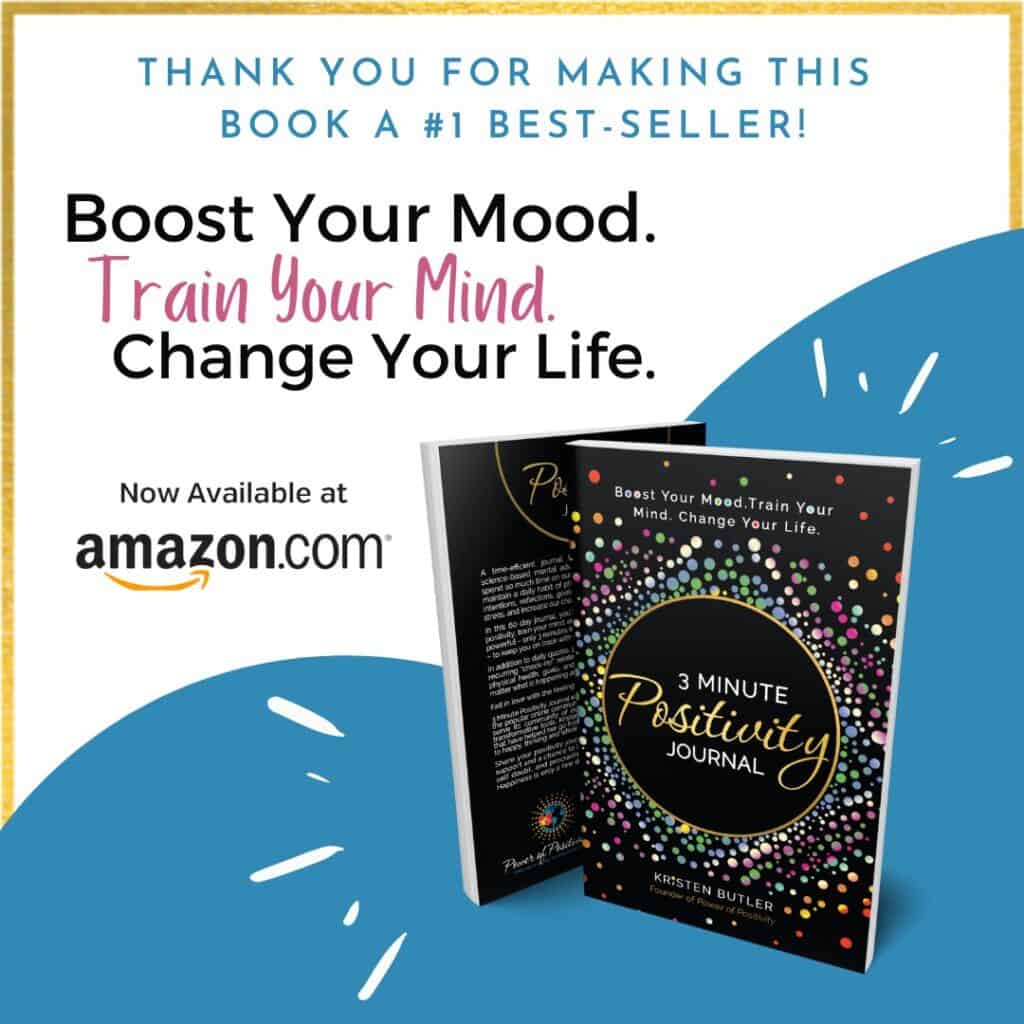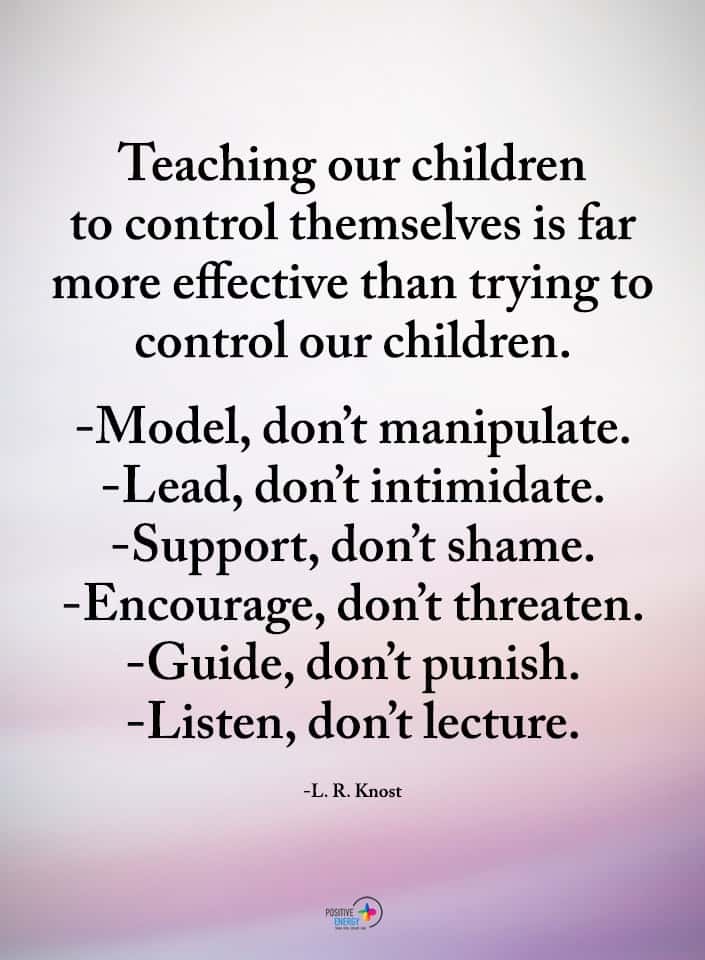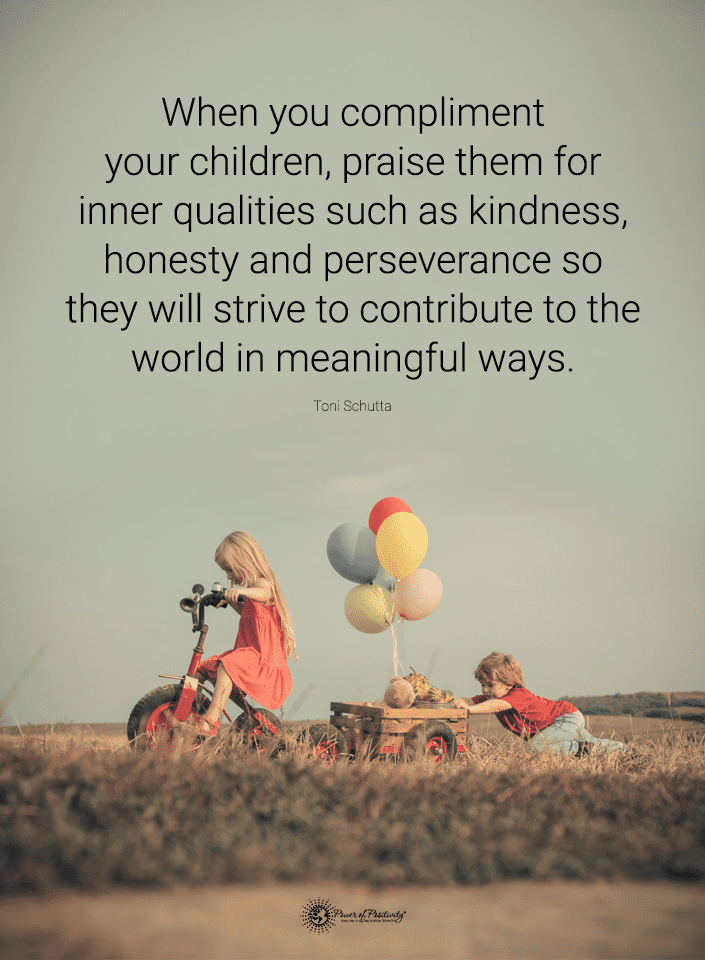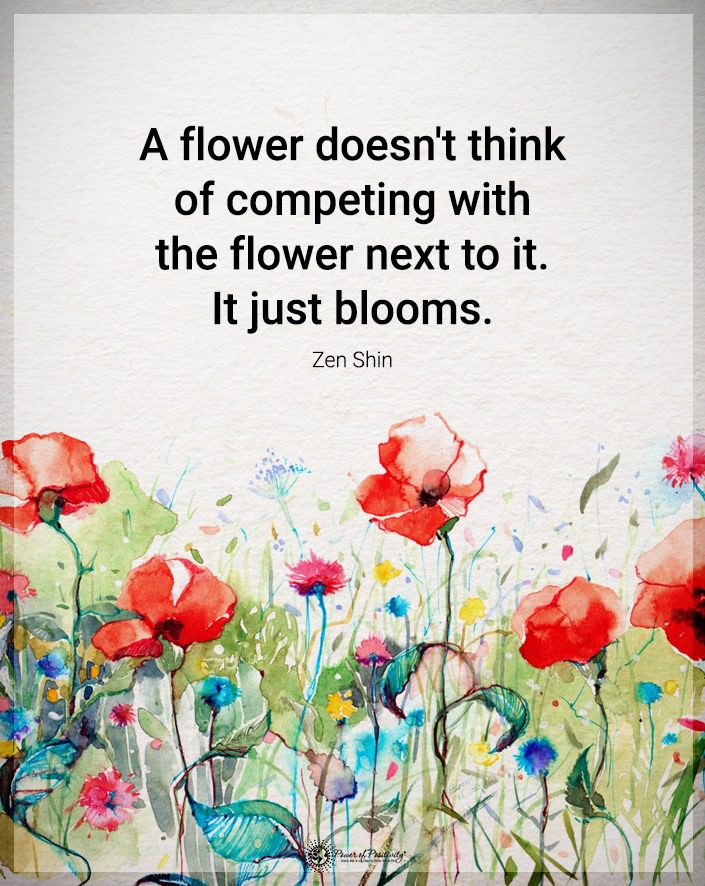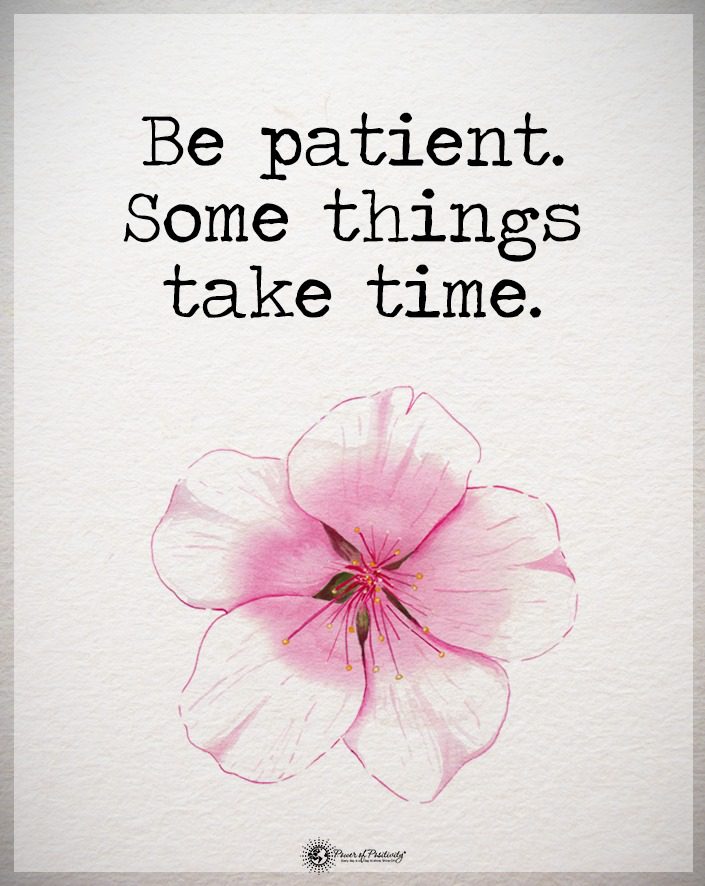Here’s why so many people are bitter.
Resentful feelings are like a kettle of boiling water. At first, the signs are subtle: a few beads of water gently breaking the surface. These early ripples are easy to overlook, but as the heat beneath them builds, the boiling becomes impossible to ignore. Just as steam eventually demands release, so does unchecked resentment. The bitter feelings can quietly seep into our lives, transforming our interactions for the worse.
10 Causes of Resentful Feelings
Understanding the roots of resentment and how to address them effectively can lead to a life of inner peace. If you know deep down that you need to release resentment but don’t know how… then keep reading. Each section provides a wealth of actionable tips to help you heal and let go of resentful emotions.

1 – Unfulfilled Expectations Cause Resentful Feelings
Often, we harbor resentment when our expectations aren’t met. Whether it’s a partner not living up to what we thought a relationship would be or a job not providing the satisfaction we hoped for, these unmet expectations can breed bitter relationships.
How to Fix It:
To tackle unfulfilled expectations, it’s important first to acknowledge that life is often unpredictable and that our vision of how things ‘should’ be might not always align with reality. Start by reflecting on your expectations: Are they realistic? Are they based on your true desires or influenced by societal norms or the expectations of others?
Once you’ve reassessed your expectations, work on openly communicating them to others involved, whether it’s your partner, family, or colleagues. Remember, effective communication is key. It’s not just about stating what you want but also listening to their perspectives and finding common ground. For example, in a relationship, discuss what you both envision for your future together and how you can work towards these goals as a team.
Finally, practice flexibility. Life’s beauty often lies in its unpredictability. Embracing change and adapting your expectations can lead to new and fulfilling experiences you might not have initially considered.
2 – Feeling Unheard or Misunderstood
When we feel that our voice isn’t heard or our feelings aren’t understood, resentful feelings can grow. This bitter feeling is common in relationships where one feels overshadowed or disregarded.
How to Fix:
To overcome being unheard or misunderstood, cultivate active listening skills in your conversations. Active listening involves fully concentrating on the speaker, understanding their message, responding thoughtfully, and remembering the discussion. That helps you understand others better and models how you wish to be listened to.
When expressing your feelings, use ‘I’ statements to articulate your thoughts and emotions clearly and calmly. For instance, say, “I feel upset when my ideas are not considered in meetings,” instead of “You never listen to my ideas.” This approach is less accusatory and more likely to foster understanding.
Seek opportunities for open dialogue in calm, neutral settings where both parties can speak and listen without distractions. Regularly scheduled check-ins, like weekly family meetings or one-on-ones with your boss, can provide a structured opportunity for open communication.
3 – Unresolved Past Hurts Lead to Resentful Feelings
Old wounds can fester into resentment if they’re not properly dealt with. Past traumas or hurts, if left unresolved, can taint our present relationships and experiences.
How to Fix:
Addressing unresolved past hurts begins with acknowledging the pain and accepting that it has impacted your life. That is often the hardest step, as it requires confronting often painful memories or experiences.
Seeking professional help through therapy can be an invaluable step. A therapist can provide a safe space to explore these hurts, offer guidance, and help develop coping strategies. They can help you examine past traumas and how they shape your current behaviors and feelings.
If appropriate, and only if it feels safe, consider conversing with the person involved in the past hurt. It doesn’t mean you must reconcile or forgive them; it’s about expressing your feelings and seeking closure. If direct communication isn’t possible or healthy, finding closure can also be achieved through personal reflection, journaling, or symbolic acts like writing a letter you don’t send.
Lastly, practice self-compassion and forgiveness. Forgiving doesn’t mean forgetting or excusing the hurt caused; it means allowing yourself to move forward without resentment. Healing from the inside is a journey, not a destination. It is healthy to take it one step at a time.
4 – Comparison and Jealousy Cause Some to Feel Bitter
Comparing ourselves to others causes feelings of inadequacy and resentment. Jealousy, a close cousin of comparison, can also cause bitter reactions toward others who seem to have what we desire.
How to Fix:
Addressing comparison and jealousy starts with acknowledging that everyone’s life journey is unique. Begin by focusing on your path and accomplishments. Set personal goals and celebrate your milestones, no matter how small they may seem. Remember, success is not a one-size-fits-all concept.
Try a few activities that boost your self-esteem. That could be learning a new skill, hobbies, or volunteer work. These activities can shift your focus from what others have to what you can achieve and contribute.
Practicing gratitude is also a powerful tool. Take time each day to acknowledge and appreciate the good in your life. It can be as simple as writing down three things you are grateful for every morning. Gratitude shifts focus from what we lack to what we have, fostering a sense of contentment.
Finally, limit exposure to comparison triggers, such as certain social media platforms, if they make you feel inadequate. Instead, surround yourself with supportive people who celebrate your successes and encourage you in times of failure.
5 – Lack of Personal Boundaries
When others constantly cross our boundaries, it can lead to a buildup of resentful emotions. This scenario is often seen in relationships where one feels taken advantage of or disrespected.
How to Fix:
To establish and maintain personal boundaries, you must first identify your limits. What are you comfortable with? What drains your energy or makes you feel disrespected? It’s important to be clear about your needs and limits in various aspects of life, be it time, energy, emotions, or physical space.
Once you’ve identified your boundaries, communicate them clearly to others. It doesn’t have to be confrontational; it can be as simple as saying, “I need some time to myself this evening,” or “I’m not comfortable discussing that topic.” Remember, setting boundaries is not selfish; it’s a form of self-respect and self-care.
It’s equally important to enforce your boundaries. If someone crosses a line, remind them of your limits. Consistency is key. People may test your boundaries, but staying firm will communicate that you are serious about your needs.
Finally, don’t forget to respect others’ boundaries too. This mutual respect creates healthier, more balanced relationships.
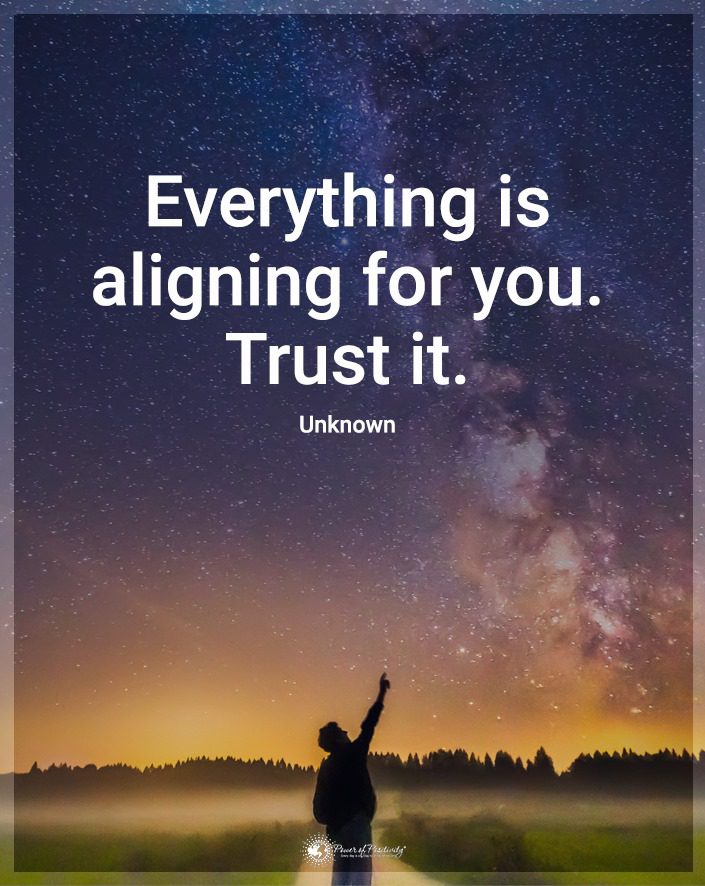
6 – Injustice or Unfairness Causes Resentful Feelings
When we perceive an imbalance in treatment, whether in the workplace, family, or social circles, it can foster resentment.
How to Fix:
Dealing with feelings of injustice or unfairness requires a proactive approach. First, try to assess the situation objectively. Are there factors you might be overlooking? Understanding all sides of a situation can clarify and reveal that what seemed unfair was a misunderstanding or a different perspective.
If you still believe there is an imbalance, address the issue directly but constructively. In a workplace scenario, this might mean setting up a meeting with your supervisor to discuss your concerns. Present your points calmly and factually, avoiding accusatory language.
Seek solutions or compromises. Sometimes, perceived unfairness can be resolved by finding a middle ground that acknowledges everyone’s needs and concerns.
Last, seek support from trusted friends, family, or mentors. They can offer different perspectives and give good advice. They are also your best emotional support system. It’s important to advocate for yourself, but it’s equally vital to do so in a way that is respectful and open to dialogue.
7 – Unacknowledged Efforts Cause Bitter Feelings
Feeling unappreciated for the hard work and effort you put into something can make you feel bitter.
How to Fix:
To overcome the resentful feelings of being unappreciated:
- Start by cultivating a sense of self-validation.
- Acknowledge your efforts and achievements, regardless of external recognition.
- Set personal benchmarks and celebrate when you achieve them.
That can be as simple as treating yourself to something special or reflecting on your accomplishments.
Journaling your achievements is a practical way to track your progress and remind yourself of your hard work. Write down even the small victories; you’ll have a tangible record of your efforts over time.
Consider a proactive approach if you’re seeking acknowledgment in a professional environment. Schedule time with your manager to discuss your contributions. This isn’t about bragging. Rather, it means an open dialogue regarding your role and the recognition you deserve.
Finally, surround yourself with supportive people who acknowledge and appreciate you. Positive reinforcement from friends, family, or colleagues can boost your morale and help balance the lack of recognition elsewhere.
8 – Overburdened by Responsibilities
Feeling overwhelmed with responsibilities, especially if they seem unfairly distributed, can lead to resentment.
How to Fix:
Learning the art of delegation is crucial if you’re feeling overwhelmed by responsibilities. Identify tasks that can be shared or assigned to others. It might mean discussing workload distribution with your team or manager in a work setting. In a personal context, it could involve dividing household chores among family members.
Asking for help is a sign of strength. It’s not a weakness. It shows that you know your limits and proactively manage your responsibilities. When you delegate, be clear about what you need and express appreciation for the assistance.
Learning to say “no” is also a valuable skill. You don’t have to take on every request or task that comes your way. Prioritize what’s important and what aligns with your capabilities and time.
Finally, create a balanced schedule that includes time for work, rest, and play. Time management tools may help you keep track of your responsibilities and ensure you’re not overcommitting.
9 – Lack of Self-Care
Neglecting personal care and well-being can indirectly cause to to feel resentful. Bitter feelings will especially surface if we constantly prioritize others over ourselves.
How to Fix:
Making self-care a priority is essential for your overall well-being. Start by setting aside regular time for activities that nourish you. Physically. Mentally. Emotionally. This activity could include exercise, meditation, reading, or a hobby.
It’s important to recognize that self-care is not at all selfish. Taking care of yourself enables you to be more present and effective in your relationships and responsibilities. Communicate your self-care needs to those around you; they will likely understand and support you.
Evaluate your routine and see where you can make changes to incorporate self-care. That might mean adjusting your schedule, setting boundaries, or even learning to delegate tasks to make time for yourself.
Lastly, be mindful of your physical health. Regular check-ups, a balanced diet, and adequate sleep are foundational aspects of self-care that can significantly impact your overall mood and energy levels.
10 – Holding onto Grudges
Holding onto past grievances can turn into deep-seated resentment over time. They will only continue to decrease your mental health.
How to Fix:
Letting go of grudges is a crucial step in releasing resentment. Start by acknowledging the hurt and anger you feel. Suppressing these emotions can prolong the process of letting go.
Forgiveness is key. Forgiving doesn’t mean you are condoning what happened; you are choosing to release its hold on you. Forgiveness is more about your peace of mind than the other person’s actions.
If you find forgiving difficult, consider speaking to a counselor or therapist. They can provide tools and strategies to work through your bitter feelings.
Writing can be therapeutic in this process. Write a letter to the person you’re holding a grudge against, expressing all your feelings. You don’t need to send it; writing can be a powerful way to release those pent-up emotions.
Last tip. Focus on the present and the future rather than dwelling on the past. Engaging in activities you enjoy, setting new goals, and building new, positive relationships can help shift your focus and energy away from past grievances.
Final Thoughts on the Causes of Resentful Emotion- and How to Manage it
Resentment can be a complex emotion, but it’s not insurmountable. By understanding its roots and actively working towards solutions, we can release its hold on us. Remember, overcoming resentful emotions begins with self-awareness. But releasing those bitter feelings also demands the willingness to make positive changes in your life and relationships.

